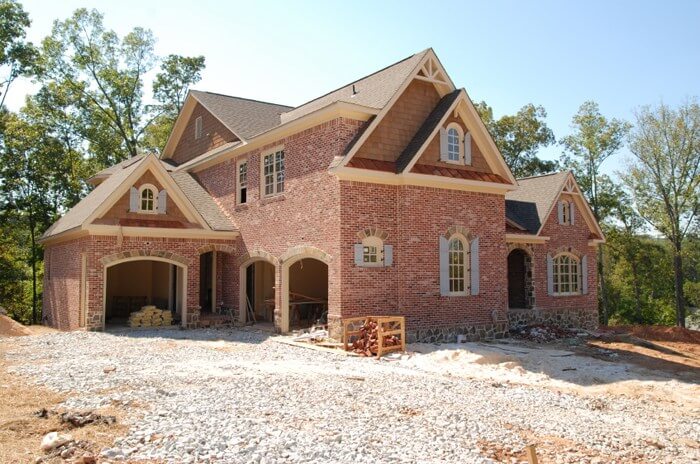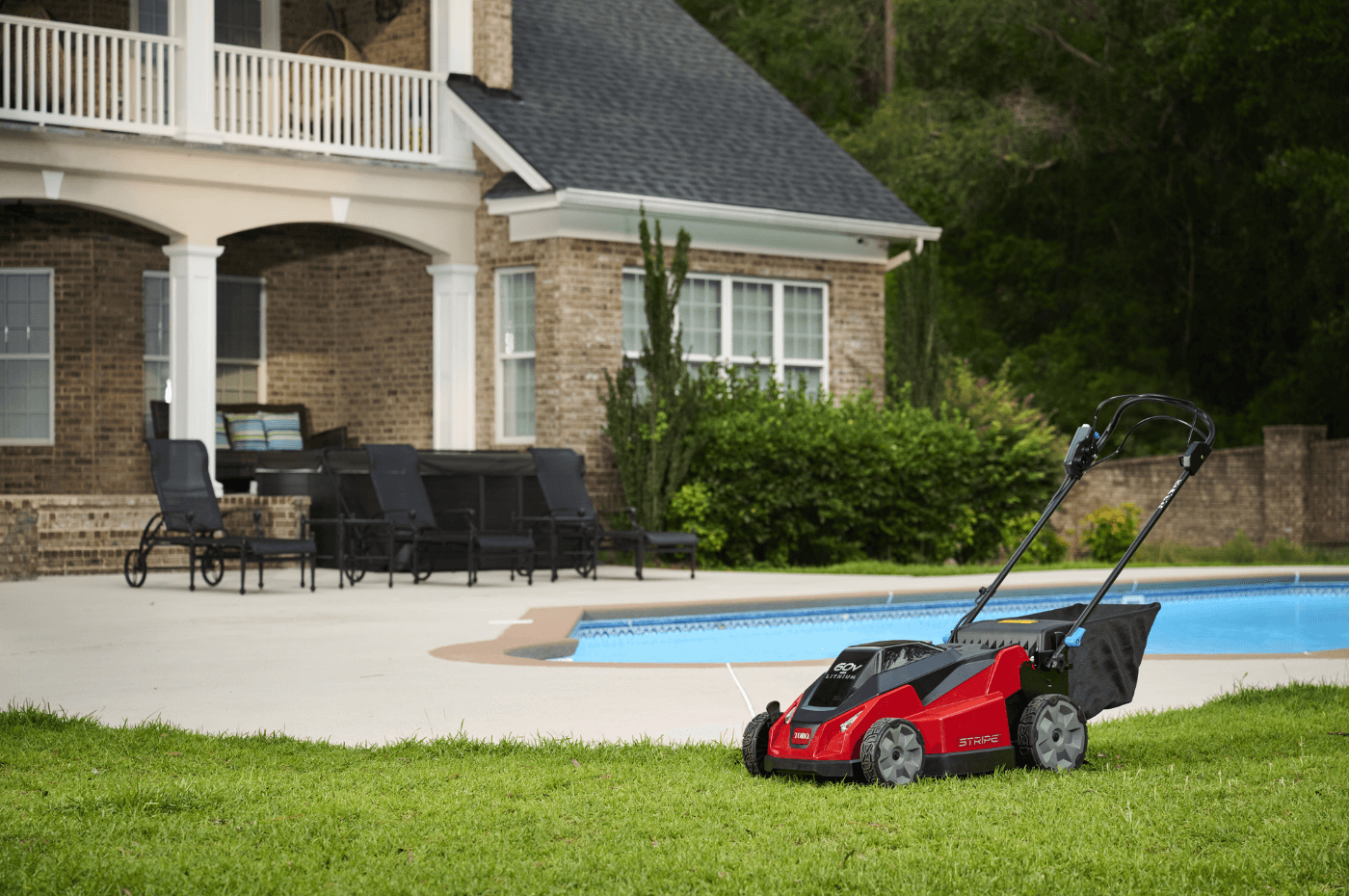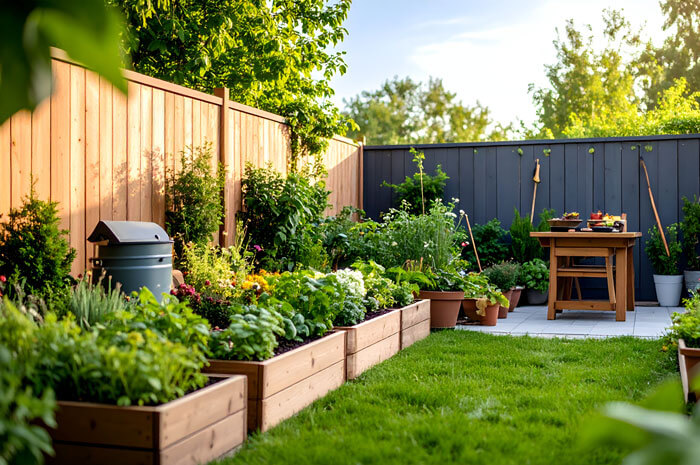
Before replanting, spread plastic over the area to let heat kill off old turf. Seal the edges with boards or soil. See Six Steps to Planting a new Lawn for further information.
Find out the planting method that works best for you, whether you live North or South.
North—Cool Season Grasses
Seeding
Seeding is the least expensive planting option but requires longer-term care. The best time to seed cool-season grasses is in the late summer or early fall when upper soil mean temperatures are between 68 degrees to 86 degrees Fahrenheit. This allows your turf to establish roots while growth is vigorous and competition from weeks is low. Grass plants started in the fall, before the dormant winter period begins, will have a strong start in the spring and a root system sturdy enough to survive summer’s hot, dry weather.
Sprigging and Plugging
Sprigging and plugging are methods typically reserved for warm-season grasses for which seed is not readily available, such as improved strains of Bermuda grass and St. Augustine grass. In the North, sprigging happens during the height of the summer growing season. Avoid planting in the spring when most weeds germinate. Plugging is a more reliable way to generate a new lawn, but sprigging is easier to do, and once rooted, sprigs will knit together faster to form turf. Depending on the spacing and type of grass used, it will take several months to grow turf from sprigs, and six months or more from plugs.
Sod
Sod is the most expensive planting option but offers several advantages over seed, plugs, or sprigs. The lawn looks good immediately and can be used much sooner. Sod in the fall or spring during cool, humid weather to avoid burnout. Do not plant sod later than one month before the first fall frost, because you want to give the grass time to establish roots before cold weather sets in. Sod is better for planting on sloping terrain, where seed or young plants could wash away after a hard rain. In addition, sod is less susceptible to general erosion and makes it harder for weeds to compete. Lay sod pieces perpendicular to a slope and in a staggered pattern, as you would lay bricks.
Check with your Cooperative Extension Service (CSREES) for the recommended lawn planting times in your area.
South—Warm Season Grasses
Seeding
Seeding is the least expensive planting option but requires longer-term care. In the South, seeding is in the spring and summer. The best time to seek warm-season grasses are when the soil meant temperatures are between 68 degrees to 95 degrees Fahrenheit. This allows your turf to establish roots while growth is vigorous and competition from weeks is low.
Sprigging and Plugging
Sprigging and plugging are methods typically reserved for warm-season grasses for which seed is not readily available, such as improved strains of Bermudagrass and St. Augustinegrass. In the South, sprigging happens in the fall. It is feasible to plant small areas by either sprigs or plugs. Plugging is generally a more reliable way to generate a new lawn than sprigging, but sprigging is easier to do, and once rooted, sprigs will knit together faster to form turf. In general, sprigs take less time to grow turf than plugs do. Depending on the spacing and type of grass used, it takes several months to grow turf from sprigs and six months or more from plugs.
Sod
Sod is the most expensive planting option but offers several advantages over seed, plugs, or sprigs. The lawn looks good immediately and can be used much sooner. Sod in the spring during cool, humid weather to avoid burnout. Do not plant sod later than one month before the first fall frost, because you want to give the grass time to establish roots before cold weather sets in. Sod is better for planting on sloping terrain, where seed or young plants could wash away after a hard rain. In addition, sod is less susceptible to general erosion and makes it harder for weeds to compete. Lay sod pieces perpendicular to a slope and in a staggered pattern, as you would lay bricks.
Check with your Cooperative Extension Service (CSREES) for the recommended lawn planting times in your area.



